Net Export
A country's overall commerce of commodities and services.
A country's overall commerce of commodities and services is measured by net export. It is also known as the trade balance. It is determined for a specific time after subtracting the nation's import value from the transport value.
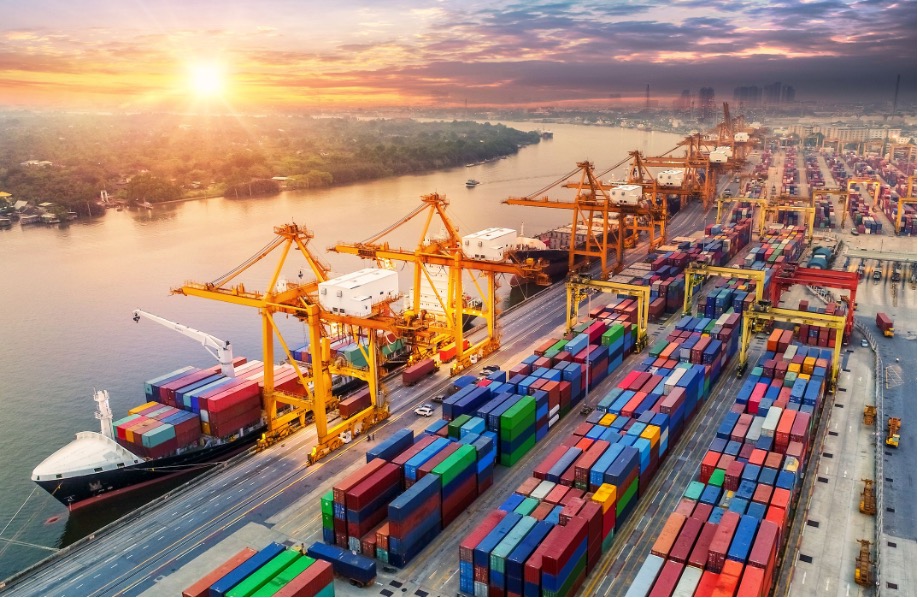
The final number will be either positive or negative. Negative net transports indicate a trade deficit, while positive external trade balances indicate a considerable trade surplus. This is because a lower currency exchange rate makes a country's transport and exports more attractive in terms of pricing.
A country with positive external trade balances has a current account surplus, whereas a country with negative external trade balances has a trade imbalance. External trade balances are thus a part of a country's overall economy.
A country with external trade balances earns more money from items sold beyond its borders than it pays on imports.
A country's commodities and services to the rest of the world are considered transports, including commerce, cargo, travel, tourism, information, and financial services.

For several reasons, businesses transport their goods and services. Transports may boost sales and profits by opening new markets or expanding current ones, and they can even help a company gain a significant part of the worldwide market.
Transporters diversify their company risk by entering several markets. Expanding operations to satisfy rising demand and selling to overseas markets can help lower per-unit costs.
Finally, enterprises that transport to new markets receive fresh information and experience, which may lead to developing new technologies, marketing strategies, and competitive analyses.
When a country's currency is weak compared to other currencies, commodities available for transport become more competitive in foreign markets because their prices are lower, encouraging significant external trade balances.
When a country's currency is strong, its transports and exports are more expensive, and customers will choose cheaper local items instead, resulting in negative external trade balances.
Imports and transports
When a country transports goods, it sells them to a foreign market with different customer sizes, such as consumers, enterprises, or authorities. These transports bring investment and jobs, increasing the GDP of the exporting country.
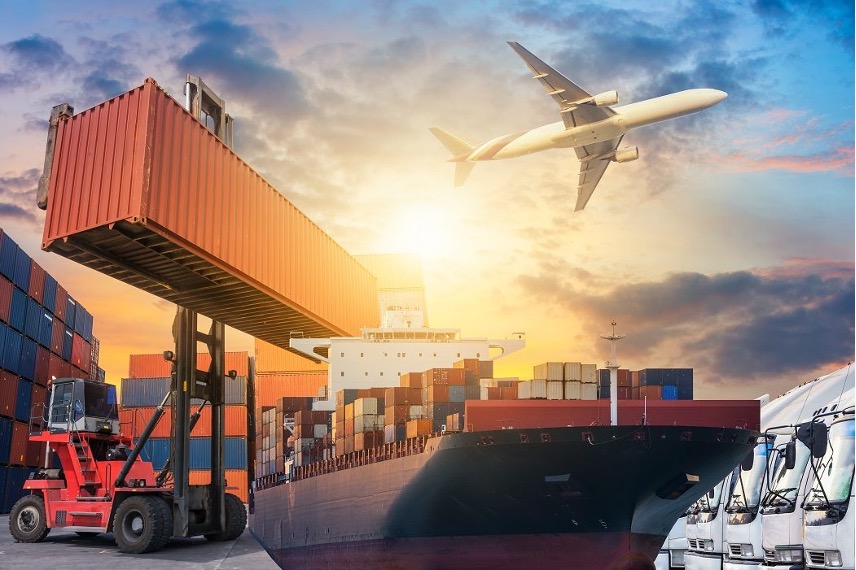
When a country imports items, it purchases goods or services from outside manufacturers when it imports items. The money spent on imports exits the economy, lowering the GDP of the importing country.
Negative or positive net sales are possible. External trade balances are positive when exports outnumber imports. Conversely, external trade balances are negative when exports outnumber imports.
For example, if a country sells $100 billion of products and receives $80 billion, it has $20 billion in external trade balances.
External trade balances are theoretically zero, with exports equaling imports in the United States. Therefore, a country's trade balance is positive if external trade balances are positive. Conversely, the country's trade balance is negative if they are negative.
Almost every country in the world desires a more robust economy instead of a smaller one, which means a positive trade balance is preferred. However, conversely, no government wishes to have a negative trade balance.
Some countries want to safeguard their markets and avoid a negative trade balance. Interventionism, as the name implies, is a policy that utilizes obstacles to keep imports out.
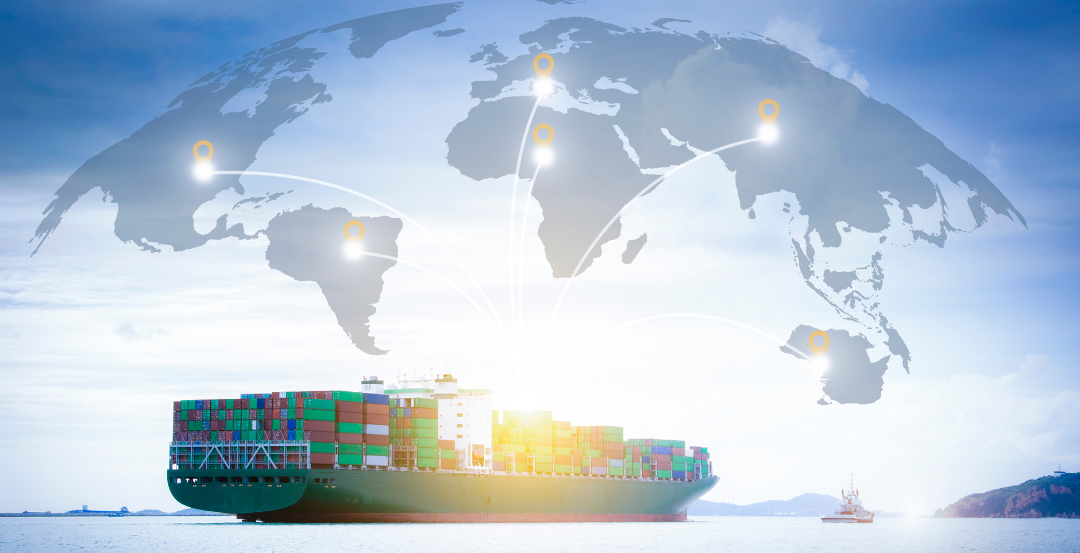
Stringent restrictions on what things may be imported. Despite certain countries' attempts at protectionism, free trade? Unrestricted trade?
Free trade has recently been the prevalent tendency for most nations. Economists generally support free trade because it allows customers to choose from a broader range of items at lower prices. This happens because some countries are better than others at manufacturing specific goods.
A favorable external trade balance statistic represents a country's trade surplus. It indicates that the country's imports are less valuable than its exports. Therefore, a country with a trade surplus earns more profits in the international market.
A trade deficit is a country's negative external trade balance statistic. It indicates that the total value of a country's imports exceeds the full value of its exports. As a result, a country with a trade imbalance spends more money than it earns on the international market.
Net transport vs. Net Importer
Countries produce items based on their available resources and trained labor force. When a country cannot manufacture a specific item effectively but still wants it, it can import it from other countries.
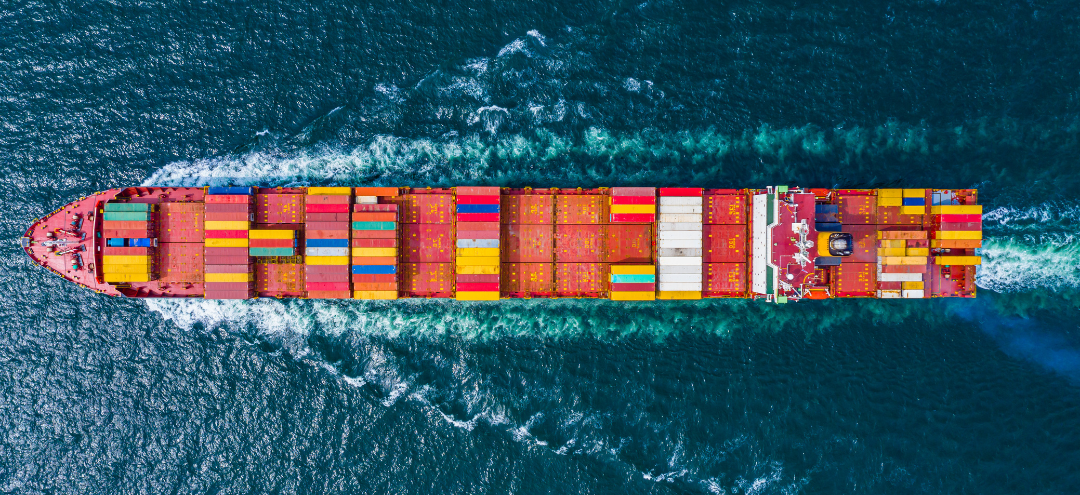
Similarly, if other nations need commodities that your country excels at producing, they may be accessible for exporting to international markets.
Net export is a country that sells more items to other countries through commerce than it imports. Saudi Arabia and Canada are illustrations of external trade balancing countries because they have an abundance of oil that they sell to countries that cannot fulfill their energy demands.
By definition, an external trade balance has a current account surplus overall. On the other hand, a net importer is a country or territory where the value of imported goods and services exceeds the value of transported goods and services over time. By nature, a net importer has a trade deficit.
The United States is an excellent example of a net importer, buying consumer goods and raw materials from nations such as China and India.
Remember that based on the sorts of commodities and services exchanged, the profitability of these goods and services, currency exchange, levels of government expenditure, import tariffs, and other factors, a country may have deficits or surpluses with countries or territories.

Note that based on the sorts of commodities and services exchanged, the competitiveness of these goods and services, exchange rates, levels of government expenditure, trade barriers, and other factors, a country may have deficits or surpluses with countries or regions.
A net importer or external trade balance considers the whole trade balance on a net basis. A country might have an external trade balance in specific sectors while still being a net importer in others.
Japan, for example, is an external trade balance of electronic gadgets yet requires oil imports from other nations to satisfy its demands. The United States, on the other extreme, is a net importer and hence has a trade deficit.
Calculation and influencing factors on external trade balances
A state's external trade balance may be calculated as follows:
External Trade Balances = Exports Value – Import Value
The sum of funds a country creates for products and services sold in an overseas business is the value of exports.
The billions spent on services and commodities from other nations are the value of imports. For example, Malaysia sells $1.89 billion worth of rubber and buys $250 million and $390 million in gasoline from Indonesia.
Malaysia's external trade balance is computed using the formula above:
$1.89 billion – ($250 million + $390 million)
= $1.89 billion – $640 million
= $1.25 billion in external trade balances.
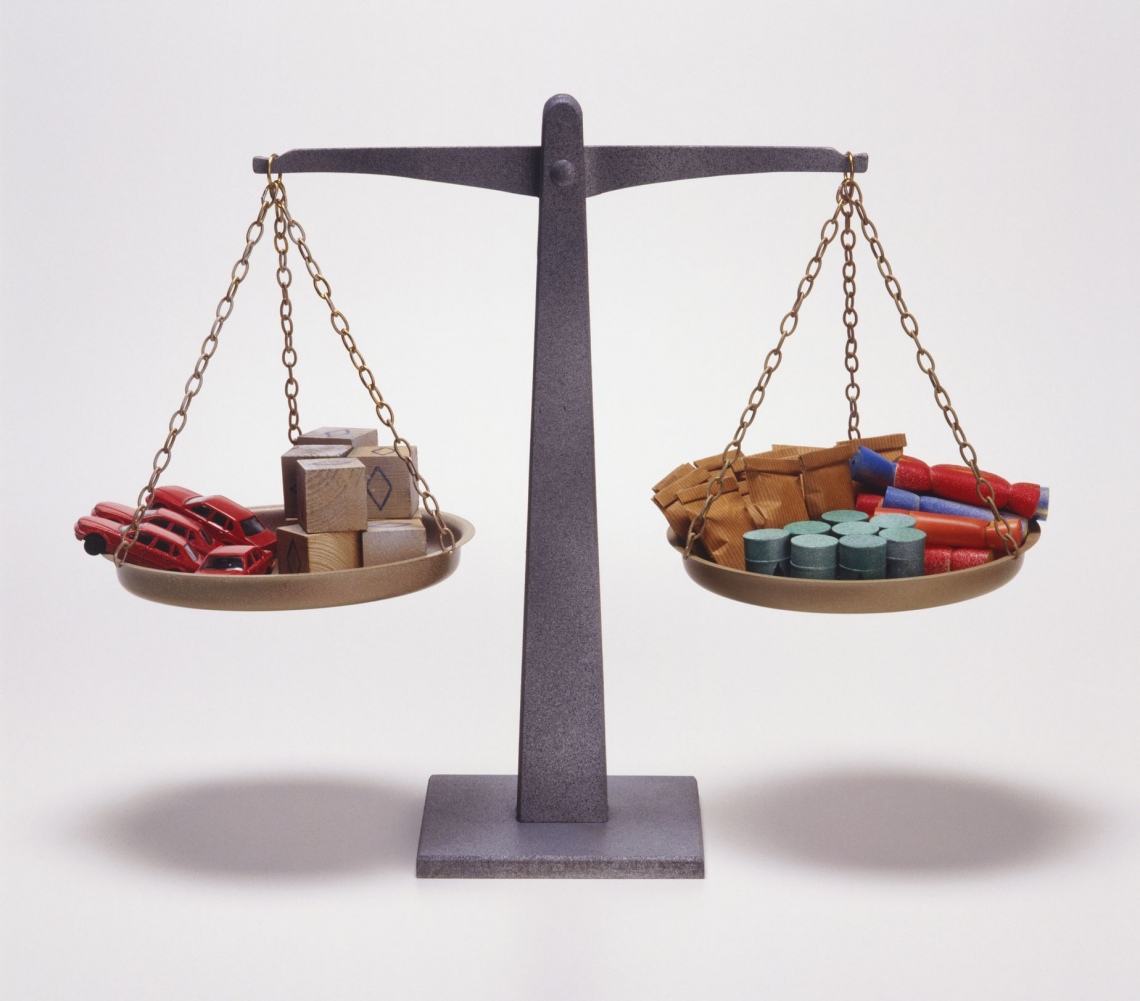
The net amount encompasses a wide range of exported and imported products and activities, including automobiles, consumer products, films, and other items.
If a country sells $200 billion in products and imports $185 billion, its external trade balance goods are $200 billion - $185 billion = $15 billion.
Because the net export items are a positive figure in this scenario, they are included in the country's GDP.
Conversely, if a government sells $185 billion in products and imports $200 billion in goods (exports vs. imports), its external trade balance is:
$185 billion - $200 billion = − $15 billion.
Since net export products are a negative figure in this scenario, they are deducted from the nation’s GDP.

The comparative pricing of transport and imports are affected by currency fluctuations. Canada, for example, sells products and services to the United States at a rate of 1 Canadian dollar to 1.22 US dollar.
Purchasing items from the United States will be more expensive if the exchange rate falls to 1.15 USD, decreasing Canadian shipments. Conversely, importing items from the United States will be cheaper if the exchange rate rises to 1.28 USD, increasing Canadian goods’ prices.
Any federal rule, regulation, policy, or practice intended to shield local products from international competition or artificially boost exports of certain domestic items is referred to as a trade restriction.
State measures and regulations that restrict, hinder, or obstruct the international flow of goods and services are the most prevalent foreign trade obstacles. The more trade restrictions there are domestically and globally, the more difficult it is to transport.
Advantages & Disadvantages of net transport
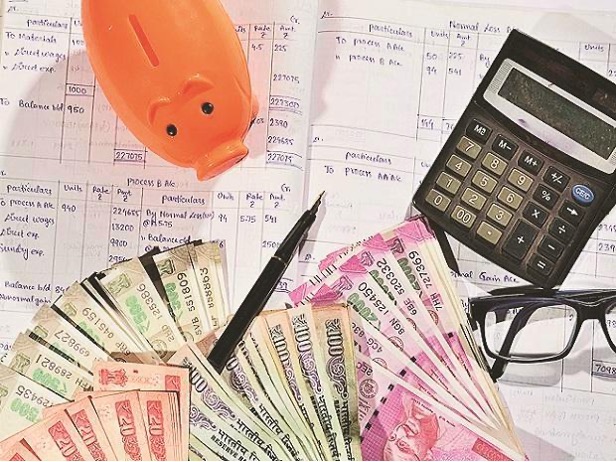
The advantages are disadvantages are:
Advantages
It is among the essential factors in estimating a country's Gross Domestic Product.
When the entire value of foreign’s expenditure on the products and services of the home country, i.e., transports by the home country, exceeds the total worth of the home government's spending and revenue dominated by foreign, the country has a prosperous economy for the time. External trade balances will boost the country's GDP.
The computation of a country's net transport aids in determining that country's economic health. When the value of transport is high, it means it is earning money from other nations, which may help the country's financial situation by allowing more money to come into the country.
This can be used to buy various items from other countries.
When all transports are reviewed and studied, it can indicate the country's rate of return, future currency values, etc.
The external trade balance element is essential in calculating a country's GDP. A trade surplus boosts the country's GDP. External trade balances may also assess a country's financial condition. This is because the money generated by a country with a high export value comes from other countries.

Disadvantages
There are various arguments among economists on external trade balances, which may make it difficult for users to comprehend precisely what they are talking about.
Many economists argue that if a country's trade deficit is steady, it will weaken its economy and strain the government to devalue its currency, decreasing interest rates.
However, this is different in the case of the United States, which has a trade balance and even negative external trade balances while having the world's most significant GDP.
Generally, a rise in exports benefits a country since a positive trade balance indicates more transport than imports. However, depending on the nature of the items transported, a significant rise in exports might cause specific issues.
Among the issues are high costs, resource depletion, logistical issues, and legal.









or Want to Sign up with your social account?